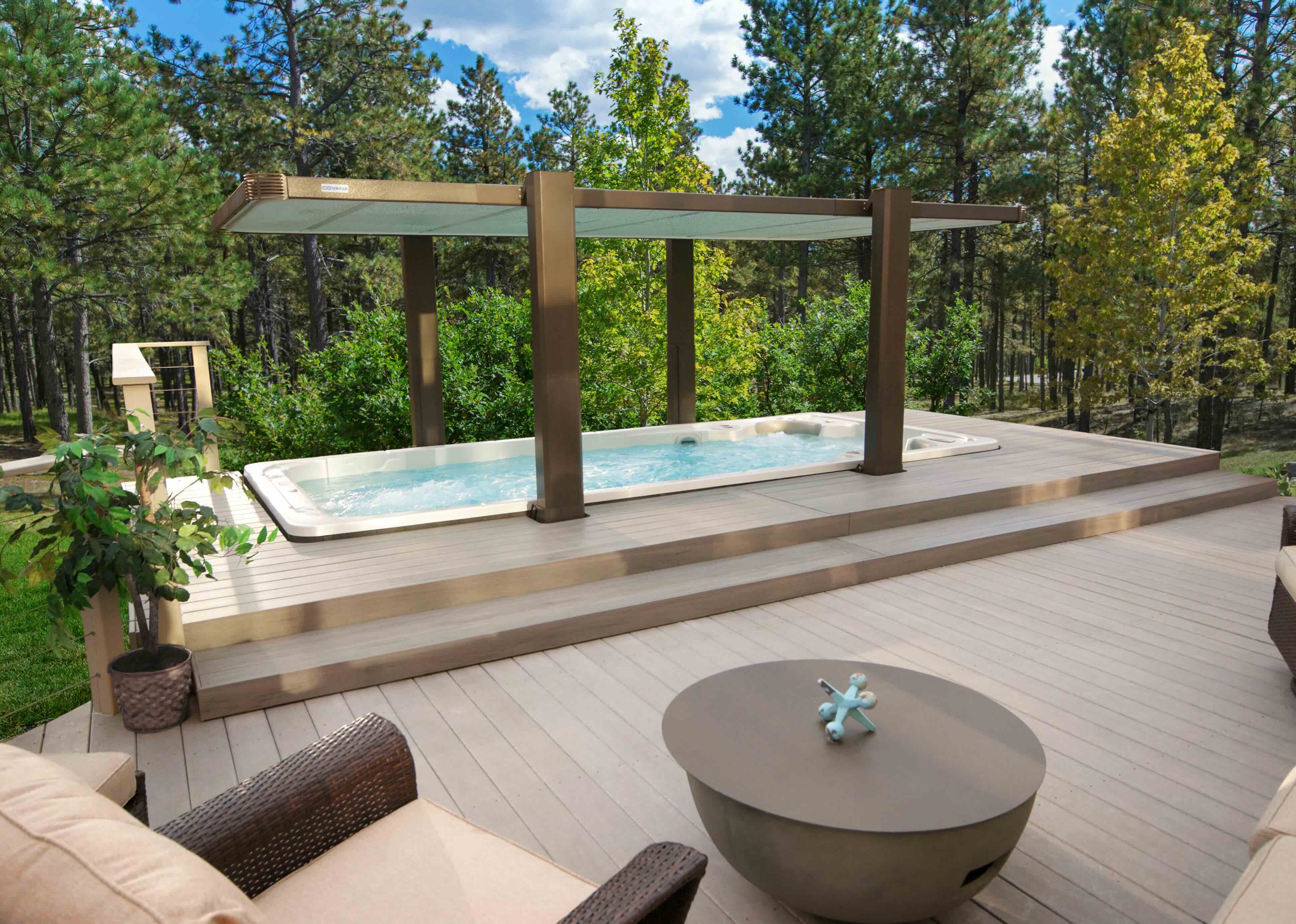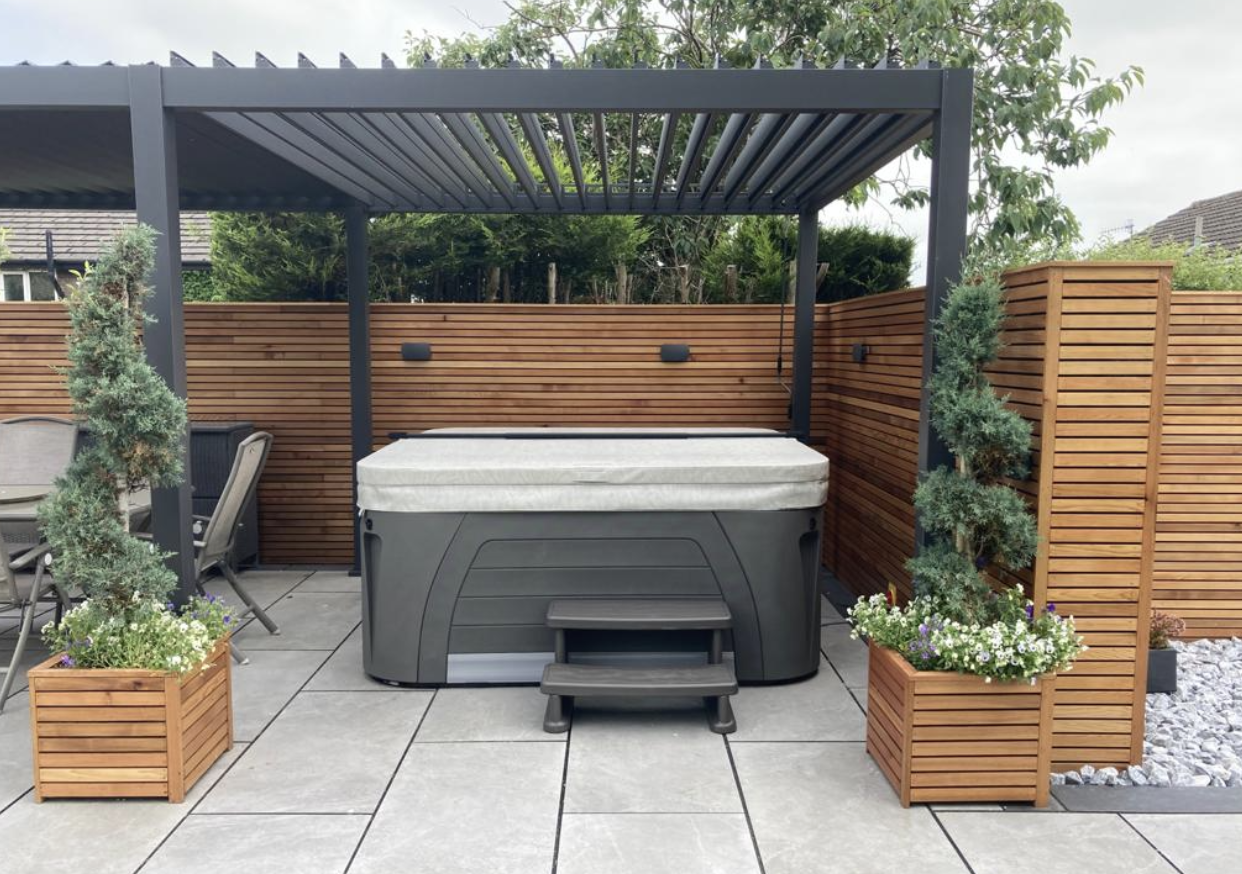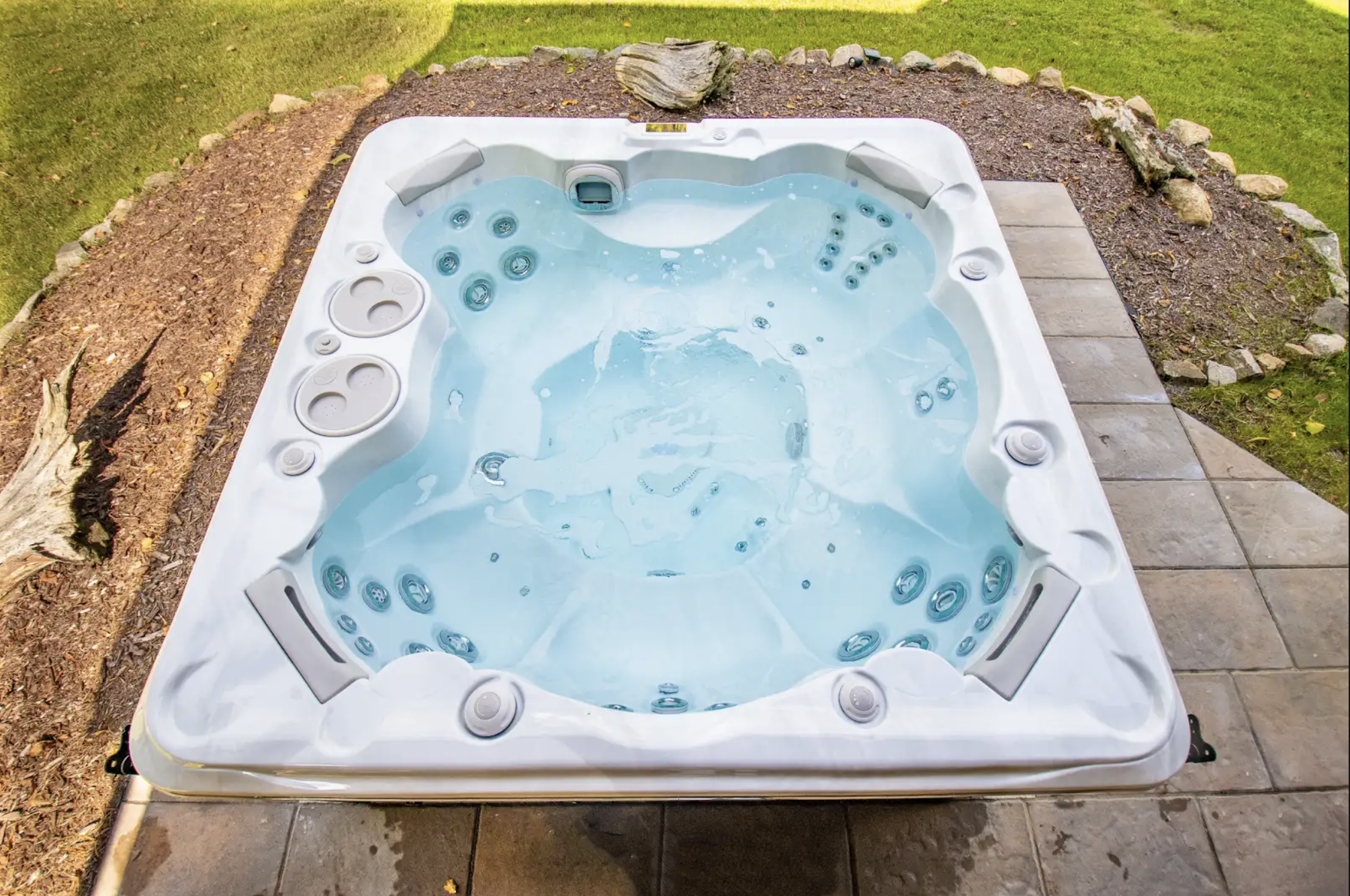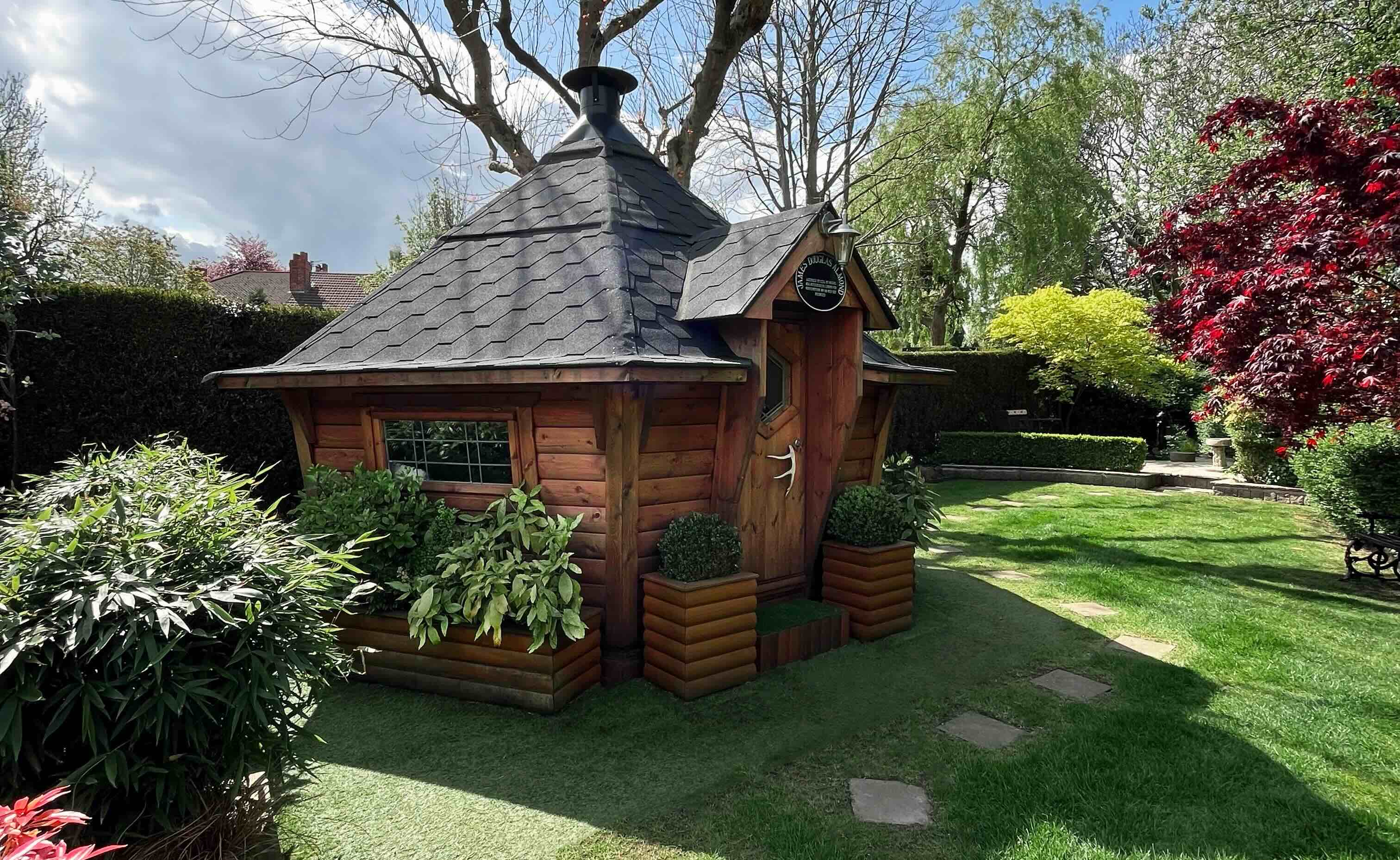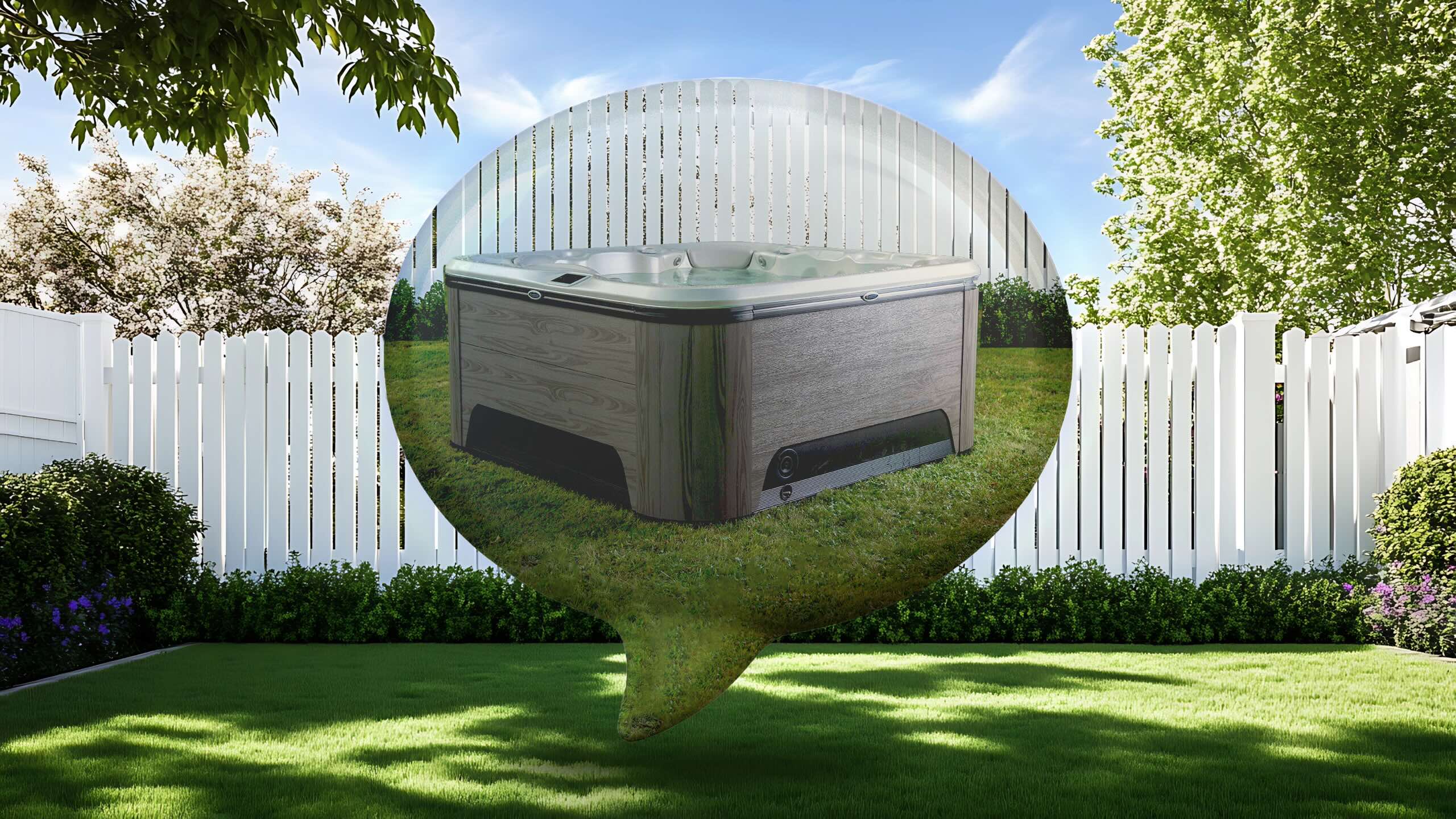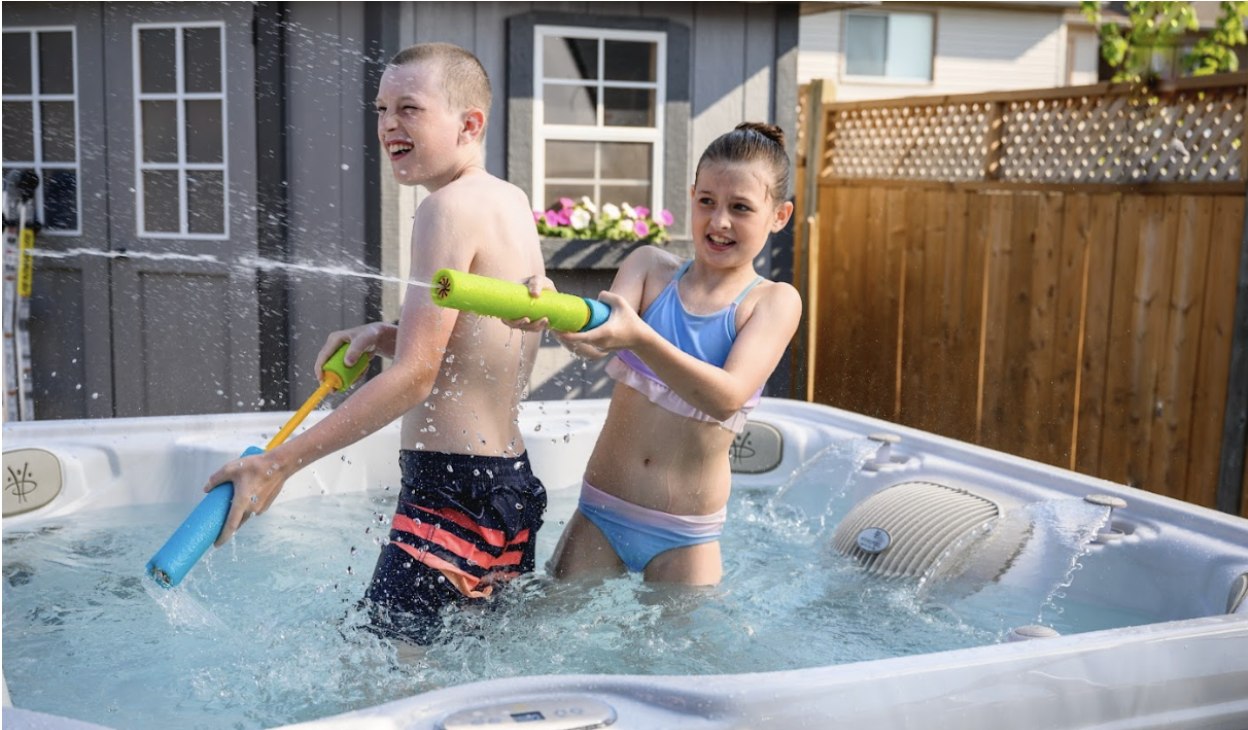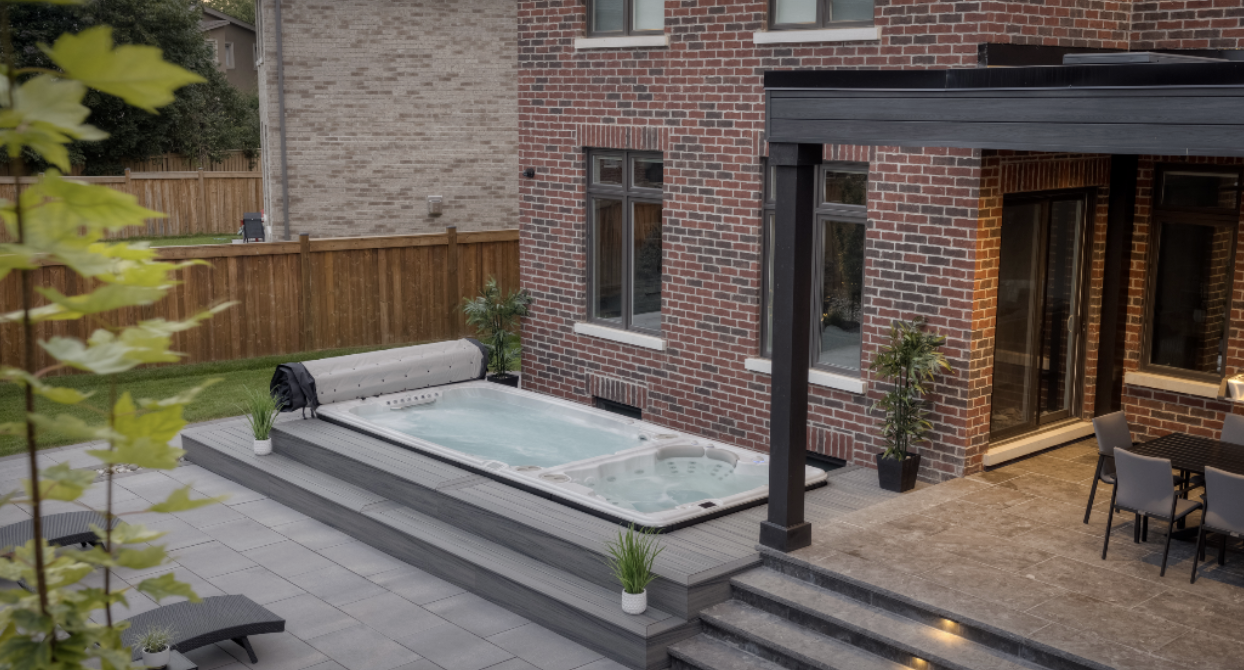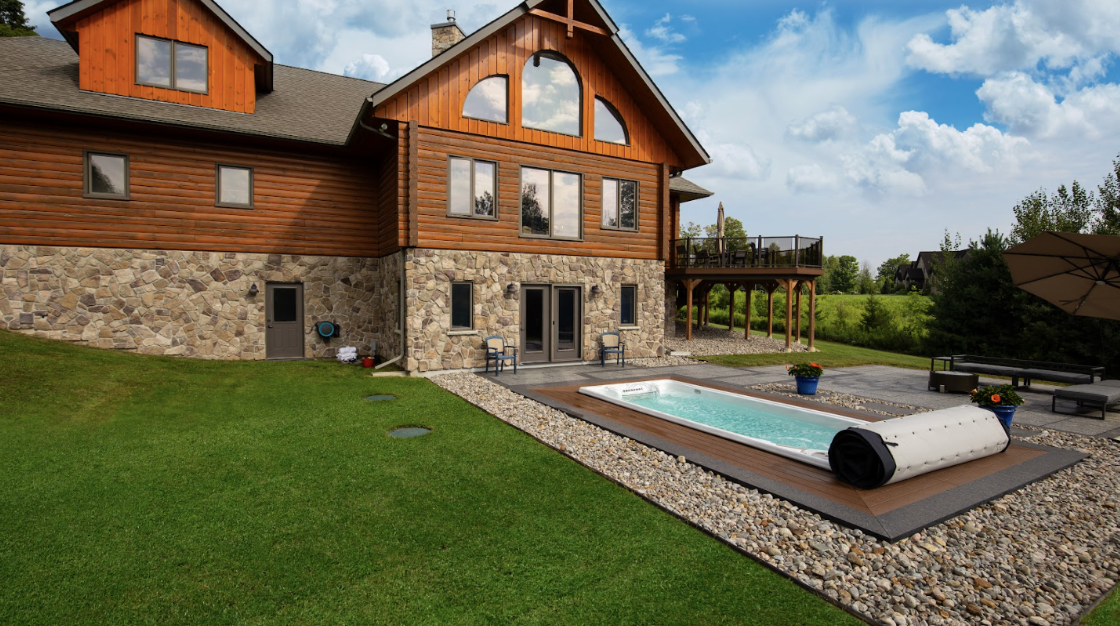Transforming your garden into a personal sanctuary has never been more appealing, and in 2025 constant current pools, also known as swim spas, are leading the way in innovative...
Blogs
29 June 2025
22 June 2025
A hot tub cover is an essential part of having a successfully working hot tub. Any reputable brand will ensure you have a hot tub cover when you purchase your spa. But why is a...
